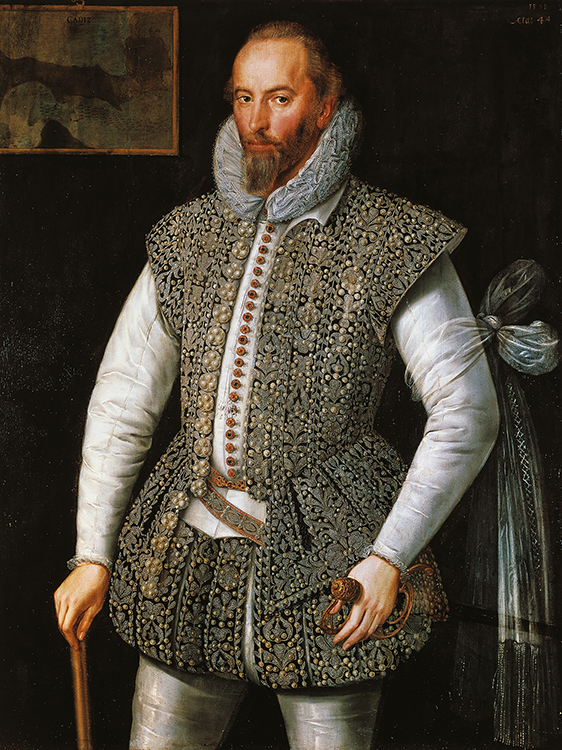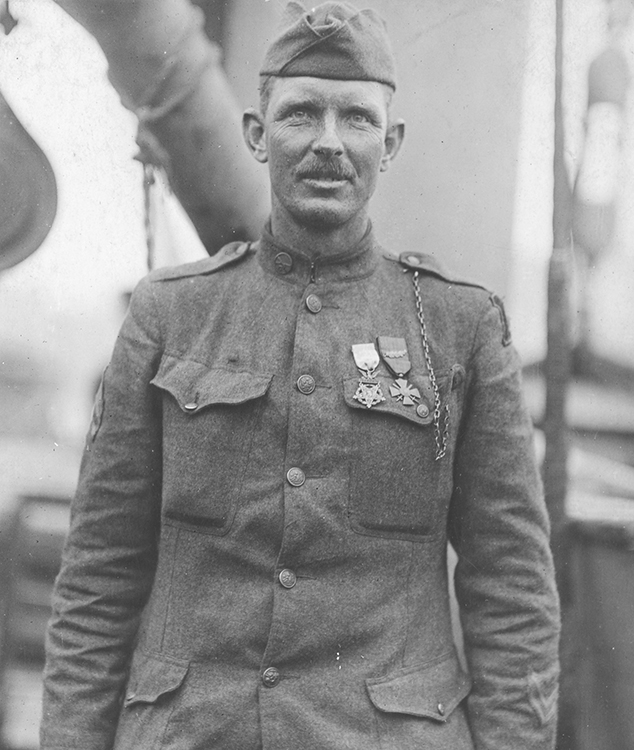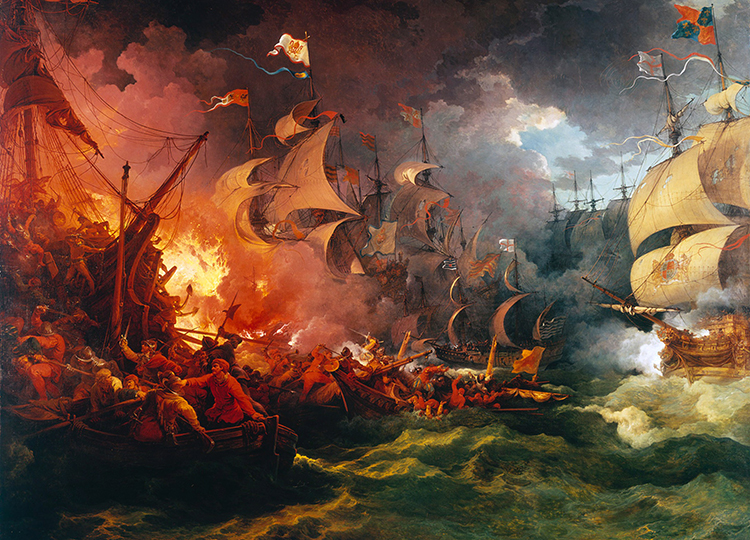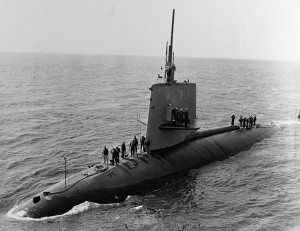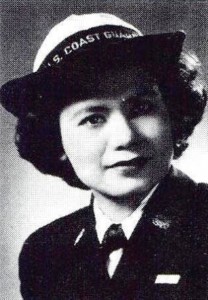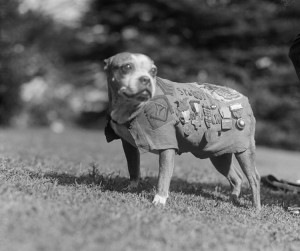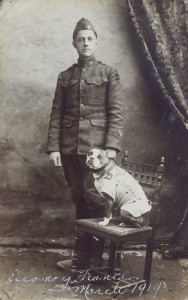World War I Armistice 100
Monday, November 12th, 2018November 12, 2018
Yesterday, November 11, marked the 100th anniversary of the signing of the armistice that ended World War I (1914-1918). Large, somber ceremonies took place on the anniversary in Berlin, London, Paris, and other cities, as well as at important battlefield sites and at Compiègne, the town in northern France where the armistice was signed in 1918.
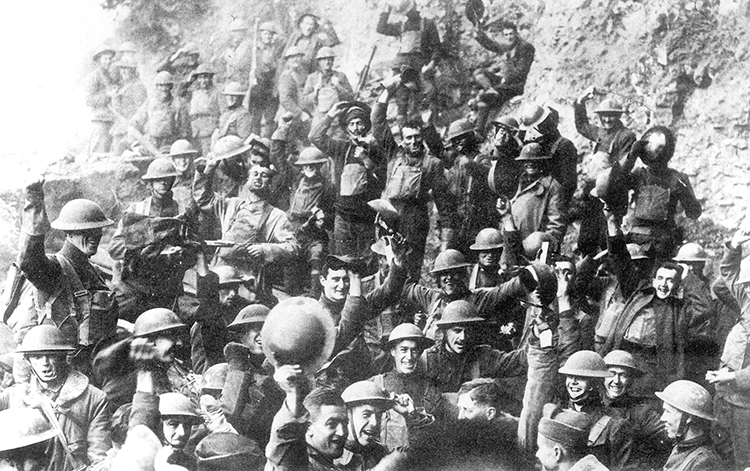
In northeastern France, soldiers of the United States Army’s 7th Infantry Division cheer the end of World War I on Nov. 11, 1918. Credit: U.S. Army
At 11 a.m. on November 11 (“the eleventh hour of the eleventh day of the eleventh month”), Germany agreed to armistice terms with France and the United Kingdom, ending the last of the fighting during World War I. The war involved many more countries, however, and it caused greater destruction than any other war up to its time. The war took the lives of some 15 million people.
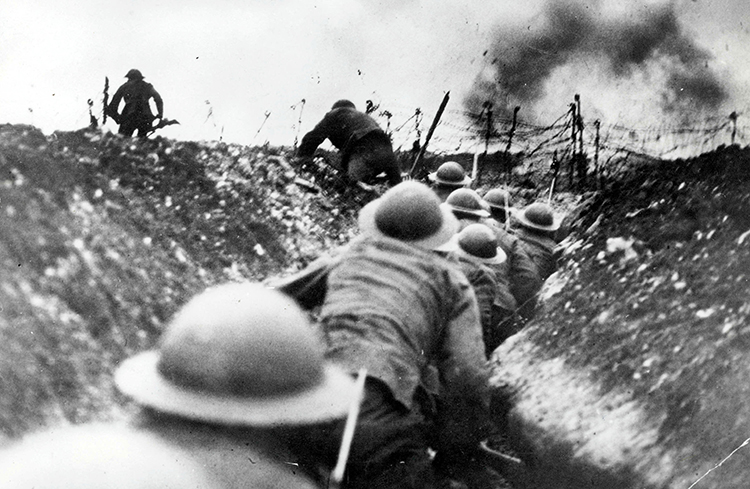
British troops leave their trenches during the 1916 Battle of the Somme during World War I. Credit: © Paul Popper, Popperfoto/Getty Images
Long-running tensions between Austria-Hungary and Serbia led to war in the summer of 1914. France, Russia, and the United Kingdom joined the war on Serbia’s side—a group that came to be known as the Allies. Germany backed Austria-Hungary to form the Central Powers. Bulgaria and the Ottoman Empire later joined the Central Powers, and Italy, the United States, and other nations later joined the Allies. As part of the British Empire, soldiers from Australia, Canada, India, New Zealand, and South Africa fought in the war, as did soldiers from Algeria, Morocco, Senegal, and other French colonies at the time. Belgium, Greece, Romania, and other nations were forced to fight as the war crossed their borders.
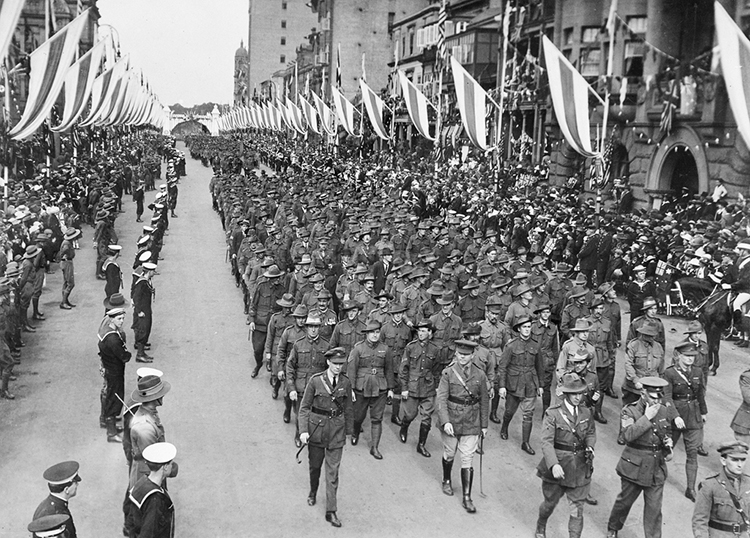
Soldiers of the Australian and New Zealand Army Corps (ANZAC) march through Sydney, Australia, in 1919, shortly after the end of World War I. Credit: Australian War Memorial
Fighting in World War I took place on the Western Front in Belgium and northern France; the Eastern Front in eastern Europe; the Italian Front along the border of Austria-Hungary and Italy; the Salonika Front in the Balkan Peninsula; and the Middle Eastern Front in southwestern Asia. Fighting also occurred in parts of Africa and around the world at sea.
Russia withdrew from the war in 1917, but the United States entered that year, providing the help the Allies needed to win the war. After a series of cataclysmic battles in the spring of 1918, the war turned quickly against the Central Powers. By the time Germany agreed to stop fighting on November 11, Bulgaria (September 29), the Ottoman Empire (October 30), and Austria-Hungary (November 3) had already left the war. The warring nations then signed a series of formal peace treaties. The Treaty of Versailles, signed between Germany and France, Italy, and the United Kingdom, embittered many Germans and was a rallying cry on the road to World War II (1939-1945).
After World War I, November 11 was remembered annually as Armistice Day, a holiday now known as Veterans Day in the United States and Remembrance Day in the United Kingdom and nations of the former British Empire.



